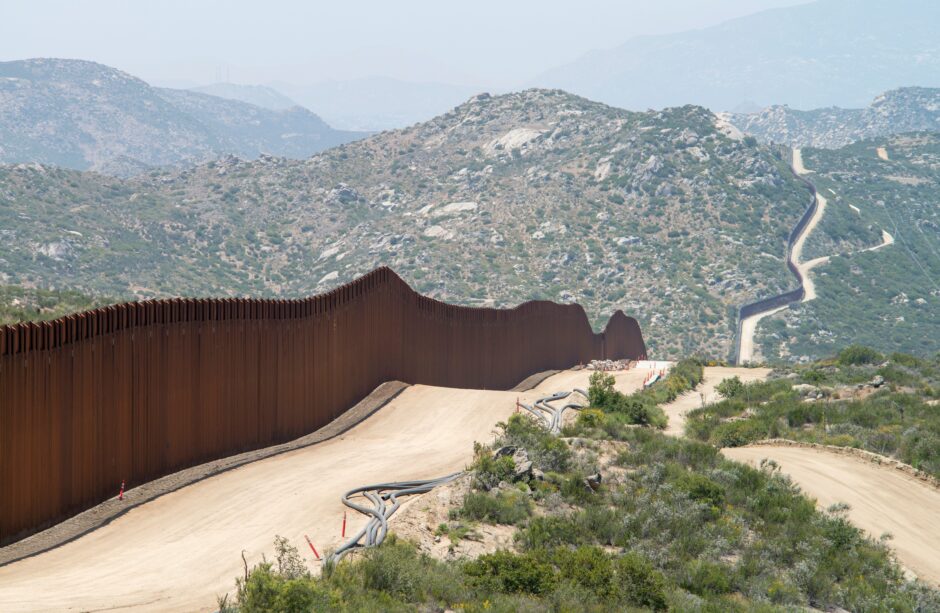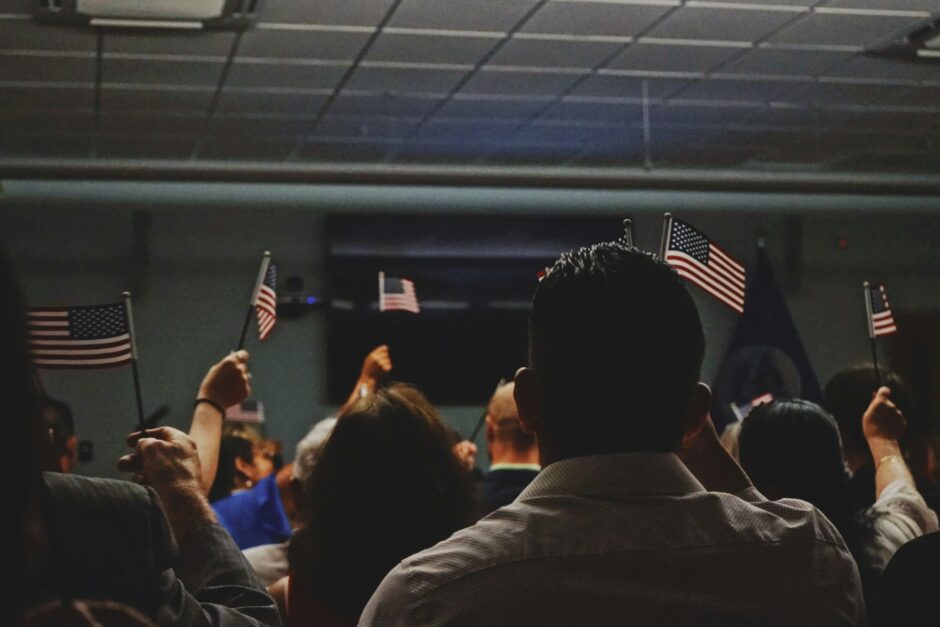Immigration has long been a key issue in U.S. politics, and as the 2024 election approaches, the debate is more intense than ever. Voters are confronted with two starkly different approaches: one focused on mass deportations and stricter asylum laws, the other seeking to balance border security with more centrist, humanitarian views. The outcome of this election could reshape U.S. immigration policy for years to come, with potential effects extending far beyond America’s borders.
Donald Trump’s views on immigration have remained largely consistent since his 2016 presidential run, though his proposed policies have grown even more stringent. If re-elected, Trump pledges to carry out the “largest deportation in American history”, targeting both undocumented migrants and reducing legal immigration. His agenda builds on his first-term policies while introducing new, stricter proposals. A symbol of Trump’s immigration approach is the U.S.-Mexico border wall. During his first term, Trump oversaw the construction of 654 miles of physical and vehicular barriers along the border. In the 2024 campaign, he seeks to extend the wall, continuing a project that he considers essential for national security.
However, Trump’s immigration agenda goes beyond just physical barriers and is driven by one core belief: the U.S. must close its borders to remain safe. His Zero-Tolerance policy, which criminally prosecuted adults crossing the border illegally, resulted in the separation of 4,656 children from their parents, 1,300 of whom have yet to be reunited. Trump’s administration attempted to overturn the Flores Agreement, a legal settlement from 1997 that limits the detention of children to no more than 20 days, although this attempt was unsuccessful. Additionally, Trump has proposed ending birthright citizenship, a right guaranteed under the 14th Amendment of the U.S. Constitution. This provision grants citizenship to any child born on U.S. soil, regardless of their parents’ immigration status. Trump argues that this policy has led to “anchor babies”, where children born to undocumented parents gain U.S. citizenship. Such a change would require a constitutional amendment, a lengthy and challenging process that Trump remains committed to pursuing if re-elected.
One of Trump’s agenda points is reviving the Migrant Protection Protocols (MPP), also known as “Remain in Mexico”, which forced asylum seekers to wait in Mexico while their cases were processed in the U.S., often enduring dangerous conditions. Trump also plans to bring back the Asylum Cooperation Agreements (ACAs), which allow the U.S. to send asylum seekers to other countries like Guatemala and El Salvador to process their claims. These policies, while intended to deter migrants, have been widely criticized for violating human rights and creating dangerous conditions at the border.
Furthermore, Trump intends to reinstate Title 42, a public health policy that allowed the U.S. to expel immigrants during the COVID-19 pandemic. His 2024 campaign further proposes expanding travel bans that target predominantly majority Muslim countries, aiming to make these restrictions “much bigger and stronger” than before.

While Trump focuses on building walls and mass deportations, Kamala Harris takes a different approach, balancing border security with a more measured immigration reform. Her campaign is centered around fixing what she calls a “broken immigration system”. While Harris agrees on the need for stronger border policies to curb illegal immigration, she also calls for increased legal protection for migrants fleeing violence and persecution. Harris criticized Trump’s family separation policy, calling it a “human rights abuse”. Instead of building more walls, she argues that funds should be redirected towards processing asylum cases more efficiently and managing the border with technology. Harris also wants to address the root causes of migration, particularly from Central America, where poverty, violence, and corruption drive people to seek refuge in the U.S.. She supports increasing aid to these nations to improve socioeconomic conditions, thereby reducing the need for people to migrate in the first place. Additionally, Harris supports giving undocumented migrants, including the ‘Dreamers’ – those brought to the USA as children – a chance to gain citizenship.
The bipartisan border bill is central to Harris’ immigration agenda. This bill proposes tightening asylum rules, hiring more border patrol agents, and investing over $20 billion in border security. Harris argues that the bill, had it passed, would have made the U.S. safer by adding more border agents and asylum officers, who would speed up the often slow asylum process. The bill also included measures to fight drug trafficking and human smuggling. Harris advocates for investing in modern technologies, like advanced inspection machines at ports of entry to detect drugs such as fentanyl, making the border more secure without resorting to more walls. During the September 10 presidential debate, Harris accused Trump of blocking the bipartisan border bill to gain political advantage.
Since the bill would have prosecuted transnational criminal and drug trafficking organizations, Harris argued that the Republicans opposed the bill to ensure immigration remained a problem in the November election, thereby benefiting Trump.
However, Harris has faced criticism for how the Biden administration has handled immigration. During the September 10 debate, she was asked why President Biden waited until six months before the election to introduce stricter new asylum restrictions. Instead of directly addressing the question, Harris shifted focus. Data reveals that migrant encounters at the U.S.-Mexico border dropped sharply by 191,658 immigrants between December 2023 and August 2024. Critics argue that the timing of Biden’s executive order, which made it harder for migrants entering the U.S. without legal status to seek asylum, suggests the administration was seeking to appeal to voters ahead of the election. This raises concerns that both candidates may have used immigration policy shifts for political advantage.

Despite their differences, Trump and Harris both agree on one key point: the need to strengthen border security. Trump focuses on physical barriers like the border wall, while Harris favors increased personnel and modern technology to manage the border more efficiently . The outcome of the 2024 election will not only shape U.S. immigration policy but could also influence global approaches to immigration, particularly in Europe, where far-right movements have gained ground. A Trump victory would focus on mass deportations and fewer legal pathways for asylum, whereas a Harris win would allocate funds to improve a ‘broken’ asylum system, even though critics argue that her policies may not significantly reduce illegal immigration in the short term.
As Americans head to the polls on November 5th, they face a critical decision on immigration. The choice will determine whether the country will prioritize stricter asylum and border enforcement or adopt a more reform-oriented approach to address immigration challenges. Whichever path voters choose, their decision could shape the future of U.S. immigration policy for years to come, affecting both the lives of migrants and the American society as a whole.



